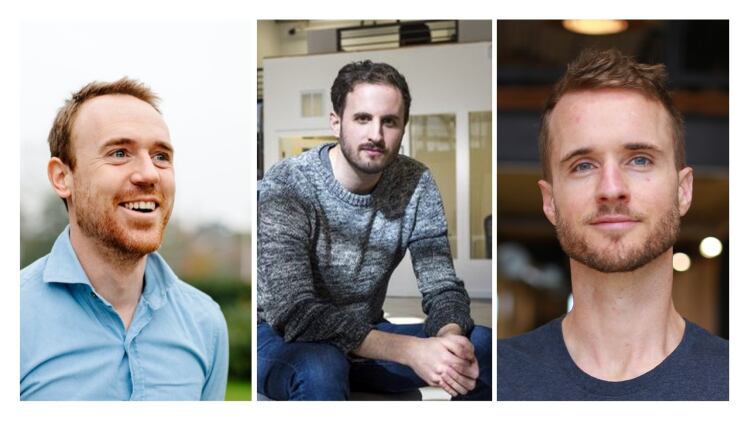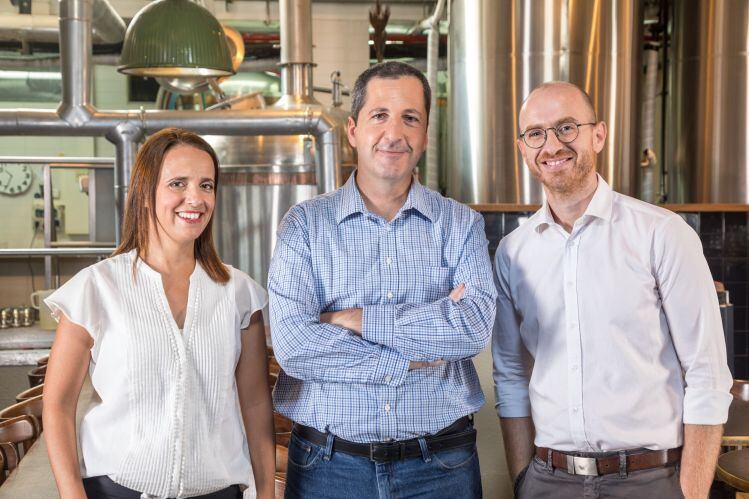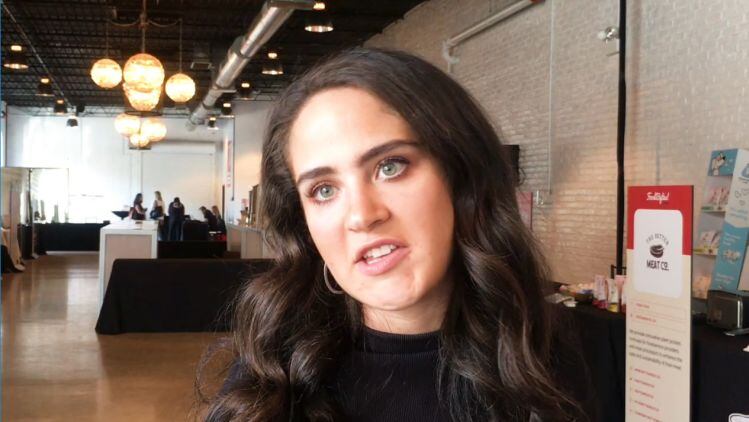Despite all the hype, most startups in the space are still working in a laboratory (as opposed to a factory), although several have recently raised more substantial sums (Memphis Meats: $161m, Future Meat Technologies: $14m, Wild Type: $12.5m, Aleph Farms: $12m, Meatable: $10m) to support the construction of pilot-scale facilities.
Maastricht-based Mosa Meat – which is gearing up for a small scale commercial launch in 2022 assuming it has cleared regulatory hurdles - recently joined forces with Nutreco (which has invested an undisclosed sum in the firm along with Lower Carbon Capital) to work on growth media; San Diego-based BlueNalu has also partnered with Nutreco; while Jerusalem-based Future Meat Technologies plans to release hybrid products in 2021 and a second line of 100% cell-based ground meat products suitable for burgers and nuggets at a cost of “less than $10 per pound” in 2022.
Memphis Meats funding round ‘a huge positive for the industry’
However, the recent $161m investment in Memphis Meats - which says it has a “pretty clear path” to achieving cost parity with conventional meat – has given the whole sector a confidence boost, says Krijn de Nood, CEO at Dutch cell-based meat startup Meatable.
“It’s a huge positive for the industry, it shows there are very serious investors that have done their due diligence and think this is really going to happen.”
Meatable: ‘In the beginning of 2022 we should have a small pilot facility online’
Meatable - which is working with porcine and bovine induced pluripotent stem cells [iPSCs] – recently raised $10m from “existing investors and a couple of new angel investors, and a grant from the European Commission, which we are pretty proud of,” says de Nood.
While this is dwarfed by Memphis Meats’ latest round, it was a meaningful vote of confidence in a sector where most startups have not raised more than a couple of million, he says.
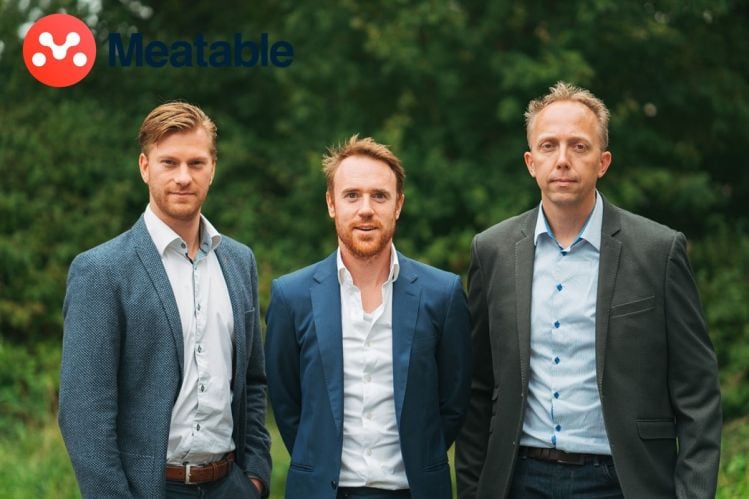
“Defendibility is definitely important to investors and we have IP around the differentiation of the cells, the hardware we use to grow the meat in, on reducing the costs – on a lot of components. We have one patent that’s granted, and a couple of others in the making.
“We’re comfortable that by late summer we can present our first prototype product, a tenderloin. We’re aiming to present a product that has a meat-like texture with fat and muscle, with edible scaffolding, although I cannot disclose the materials at this point.
“In the beginning of 2022 we should have a small pilot facility online, enabling some consumers to get familiar with our product. By 2025, we hope to have an industry scale facility online when we can become more cost competitive with traditional meat.”
He adds: “We’ve worked on stabilizing the cell lines, culturing them in suspension and optimizing the proliferation speed.
“Our cells can grow in an FBS-free [fetal bovine serum-free] medium and we’ve made good progress on reducing dependency on expensive growth factors.”
As for market entry, Meatable is currently building a dossier to make a Novel Food application [to access the EU market], but also exploring the potential of market entry in Singapore, he says.
Finless Foods: ‘We’re gearing up for a Series A’
Cell-based fish co Finless Foods, which has a team of 11 people in Emeryville California, raised $3.5m in 2018, but is now gearing up to raise a series A round, says CEO Mike Selden.
While the startup – co-founded by Selden and Brian Wyrwas, molecular biologists who met at the University of Massachusetts, Amherst – has experimented with multiple species, they have focused on Bluefin tuna because it’s under threat (populations today are a fraction of what they were in the 1960s) and because it’s expensive (reaching price parity with a broiler chicken could take far longer).
“Investors are looking for a unique IP angle, as well as well-rounded teams and proof you’re doing regulatory the right way and not just moving fast and breaking things,” says Selden.
“Now we’re gearing up for a Series A, we think there are some interesting things we can file [patent] and not have stolen from us, but we’re never going to file our media formulation [which would remain a trade secret].”
As to how Finless stacks up vs the competition, he says, “I won’t pretend to know exactly what all of the others are doing; there are something like 40 cell-based meat companies and six cell-based seafood companies that I’m aware have been funded. But I do think we’re not only competitive but actually – I think you’ll see in the next few months – at the forefront, as we release more information about what we’ve been working on.
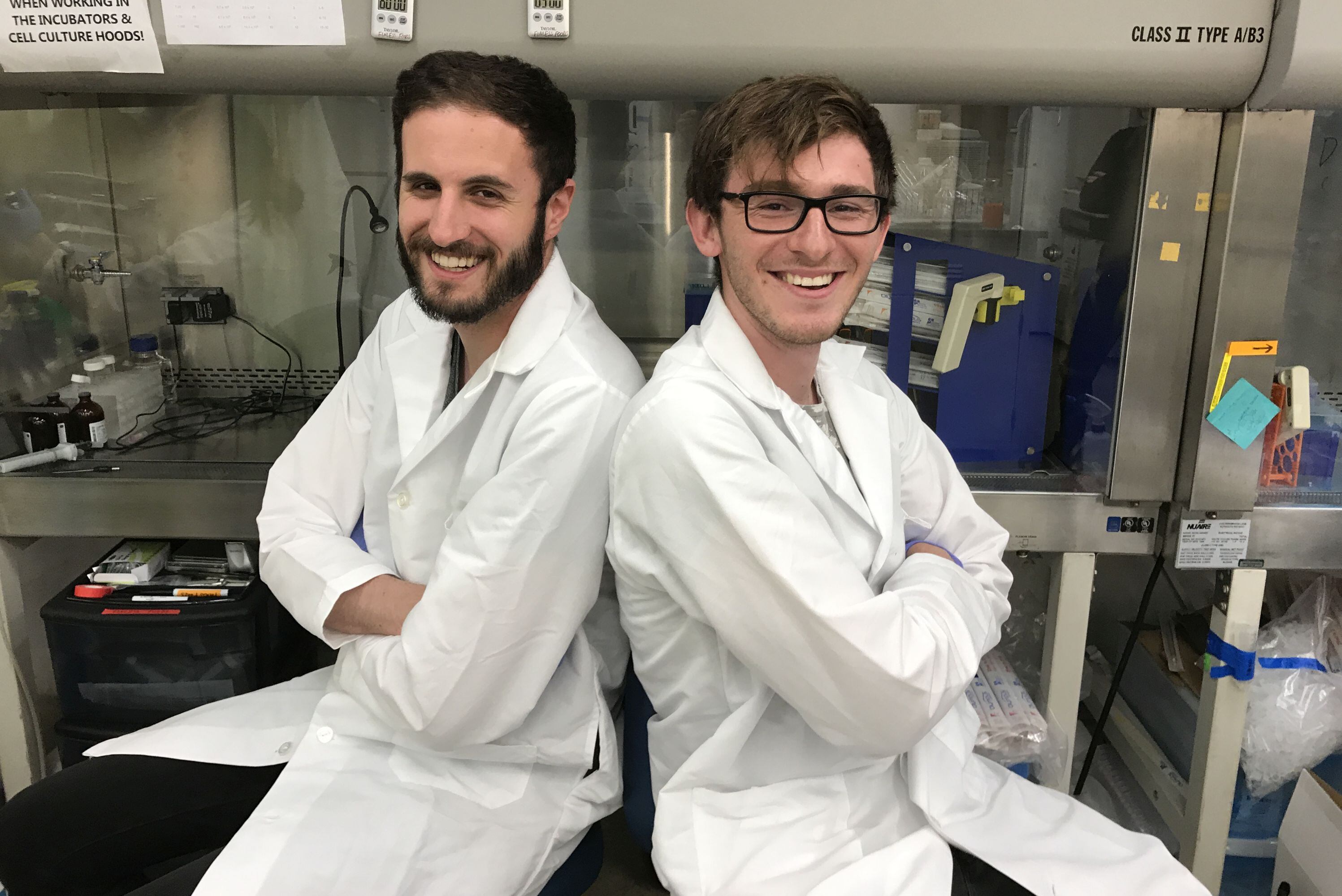
“We’re the tuna people, so it will be very difficult to work on tuna outside of Finless Foods, plus we can take varieties of seafood that Americans have no real access to and localize them to the American market; things that are only eaten in Japan because no one’s figured out how to farm, or they’re only available in small quantities in the wild.”
‘The concept of immortalization isn’t super-relevant for seafood’
Right now, Finless is focused on muscle and fat cells, says Selden. “It’s easy to have the muscle and fat cells turn into connective tissue, so we don’t need a separate culture for fibroblasts.”
As for getting the cells to proliferate indefinitely (so you don’t keep having to go back to the source), he says, “The concept of immortalization isn’t super-relevant for seafood; fish cells naturally have an extremely high amount of telomerase [an enzyme which helps prevent the shortening of the telomeres, repetitive DNA sequences at the ends of chromosomes].”
Put more simply, every time cells divide, their telomeres shorten, which eventually prompts them to stop dividing and die, he explains. Telomerase prevents this decline in some kinds of cells by lengthening telomeres, which is why people interested in slowing cellular aging are so interested in it.
“It basically means we don’t have to do genetic engineering to immortalize the cells.”
Reducing the cost of growth media
As for the growth medium that feeds the cells, he notes, “We currently have multiple cell lines and bluefin populations that are growing out in completely serum-free media, no FBS, no FCS (fetal calf serum). The key ingredients are salts, sugars and proteins. Right now, we’re getting these proteins from recombinant microbial systems [ie. expressing proteins in microbes such as bacteria, yeasts and other hosts].
“There is some research that’s happening both inside of Finless Foods and out, on what I consider to be better, more efficient ways of doing that, but I won’t pretend that it’s come to fruition yet at least internally, but I know that others have had success such as [Tokyo-based cell-based meat co] Integriculture, which has been able to use conditioned media [spent cell culture media that includes secreted factors that have accumulated in the medium over time, including growth factors] instead [of recombinant growth factors] to feed their cells.”
At Finless Foods, he explained, “Our costs have come down massively, but as we’re working on Bluefin tuna [a very expensive fish] we don’t face quite the same challenges [as companies trying to make, say, cell-based chicken, beef or pork].”
Growth and proliferation, then differentiation
Asked about bioreactors, he says, “We’re creating different divisions of the company working on different types of bioreactors to see what scales up the best, but as of right now, we’ve had more success in single systems, where the proliferation happens in one bioreactor and instead of moving the cells to a different bioreactor for the differentiation phase, you basically just replace the media from growth media to differentiation media and leave the cells in the same tank.”
As for different ways to culture cells in the growth/proliferation phase, he says, “one division of the company is working on suspension culture, where the infrastructure is already in place; while the other is working on attachment culture [where cells attach to food grade materials], which has never been scaled up, but has the potential for higher efficiencies. In suspension we have some experiments where the cells are attached to beads and others where the cells are just free-floating.
“We’re also exploring both approaches [suspension and attachment] in the differentiation phase, but there isn’t a scenario where the cells are proliferating in a single cell suspension, but then differentiating attached.”
When it comes to creating more structured, steak-like products, it’s potentially easier to recreate the structure/texture of tuna, “which is more like a gel, compared with something like beef steak,” he notes.
‘Impossible Foods and Beyond Meat have made foodtech cool and sexy’

The first wave of cell-based products is going to attract a premium, which makes launching at a small scale in high-end restaurants - a place where consumers may be more willing to try something novel - a good way to test the waters, he says.
“We definitely face more regulatory and technical challenges than plant-based meat companies, but brands such as Impossible Foods and Beyond Meat have paved the way for us to some extent by getting consumers - but also chefs - open to the idea of eating meat without slaughtering animals. They’ve also made foodtech cool and sexy, so we’re really grateful for that.”
‘I don’t really get the term ‘cultivated’ meat’
Asked about terminology, which has proved a bone of contention in the nascent industry, he said: “I like the term ‘cell-based’ because it’s neutral and accurate. Yes, we know that everything is made of cells [including meat from slaughtered animals], but we think it’s the best term out there.
“I don’t really get the term ‘cultivated’ meat [a term emerging from Mattson/GFI research last year], but if there was a ton of evidence to support it, or if stakeholders in the animal ag industry were all behind it, I could be convinced, as I’m not super ideological about this.
“But the North American Meat Institute has signed off on ‘cell-based’ and the government seems pretty OK with using it [editor's note: USDA and FDA have yet to issue any formal declaration on terminology].”
‘We’re very focused on automation, data science and bioprocess’
At fellow startup New Age Meats, which has just raised $2.7m in a round led by ff Venture Capital to fund its cell-based pork operation, founder Brian Spears says investors are looking for clear evidence that yields are going up, and costs are going down.
While investors understand that cell-based meat is a longer-term bet than plant-based meat, and fits more into the high risk, high reward category given its novelty, the total addressable market for both is clearly enormous – provided the products are good and the price is right – says Spears, a chemical engineer with a background in industrial automation.
“We’re very focused on automation, data science and bioprocess, and showing that the cost of making cultivated meat is continuing to decrease. We’ve got a high throughput platform that optimizes media, and we’ve validated different types of bioreactors, one of which was 200 liters, which I think is the biggest bioreactor that has been made specifically for cultivated meat.”
'There are a lot of ways to create a 3D structure'
While the nascency of the industry has meant most cell-based meat companies are vertically integrated, more third parties are now creating platforms to help cell-based meat startups, he says:

“We’ve seen a lot of players step in, so 3M has a whole team dedicated to optimizing media for cultivated meat, while Black & Veatch is interested in working with companies on industrial scale manufacturing.”
New Age Meats is looking at pork belly, bacon, and sausages, some of which present greater technical challenges than others, says Spears.
In all cases, he says, “[animal] fat is crucial, it’s where the flavor is, the mouthfeel, the smell. Just growing muscle and then adding a plant-based fat gives you a very different experience. Right now the most, straightforward solution if you’re making a simple product like a sausage is to grow muscle and fat cells separately, and then combine them at the end, but there are pros and cons to each method.”
Asked about more structured products such as pork belly, he said: “There are a lot of ways to create a 3D structure; people think you have to make this edible scaffolding or matrix, flow the cells in, they adhere to it and they grow and mature on that, but there are other methods of doing this.”
‘Some of the patents in this space are absolutely worthless’
There are some processes New Age Meats could patent, but at this point, given the expense, it’s not top of the priority list, says Spears, who has adopted the term ‘cultivated’ meat.
“Patents give an easy signal to investors, but some of the patents in this space are absolutely worthless.”

